Modular buildings consist of components manufactured in factories that deal with assembly lines than later transported to a site for assembly in desirable arrangements. Therefore, modular construction can be referred to as the process where buildings are constructed in an offsite location under controlled plant conditions then transported to the assembly’s actual construction location. Investing in this form of construction can utilise a variety of buildings and floor plans.
Types of Modular buildings
Despite modular buildings being constructed offsite, there are differences in terms of purposes. There are two basic types of modular buildings; relocatable buildings and permanent modular construction.
1. Relocatable building
These modular buildings are also known as temporal buildings since they can be used at one location and later moved to another place. Such modules include medical clinics, construction site offices, and portable shower units, and modular toilets blocks.
Despite being relocatable, they are not cheap. These buildings are designed to code. They are strong compared to buildings mounted onsite. They have the added advantage of fast delivery and ease of relocation.
2. Permanent modular buildings
Permanent modular construction is all about creating unique modular buildings that have to stay at one site. It utilises prefabrication as a construction method. It uses modules to erect buildings one module after the other. They have similarities with the traditionally built houses but the difference is that these permanent modular buildings incorporate ‘green’ materials and have room for innovative solutions.
The invention of modular construction
Modular construction was first recorded after World War II when there was a need to replace buildings damaged by bombs by building others at a fast rate and accommodating the troops that were returning from war.
This construction method grew in popularity in the United States in the 1840s during the California Gold Rush when used in the construction of the ‘Crystal Palace’ used for Britain’s great exhibition. Its popularity in the U.S.A. has resulted in the construction of the Modular Building Institute.
How Modular buildings are made
They are manufactured in offsite locations before being delivered to the desired locations where they are erected into a final building project. Offsite construction uses lean manufacturing techniques to produce prefabricated modules. These modules can be stacked up together to create different designs. The process of modular construction is always completed onsite by using inter-connections. Permanent modular buildings are always built to higher standards of high quality than traditionally built houses.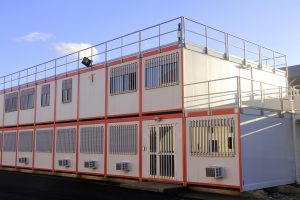
Permanent modular construction uses various building materials such as wood or steel, concrete and can also include windows, sewage pipes, air conditions and more. Most of the additional features are installed before transportation to the site.
Design for Manufacture and Assembly practices will have to be put into practice to manage the buildings’ tolerances. Manufacturing control systems and additive manufacturing are crucial for modular construction. This is because the components cannot be realigned easily onsite.
Modular units
These are sections that are put together to come up with a prefabricated building. The units needed always vary depending on the style and size of the end result of the project.
Materials used in modular building construction
Modular buildings are not heavy on mortar and bricks compared to traditional construction. These materials can be a challenge to use. They make the modules to weigh heavier by several tons and almost impossible to deliver.
These buildings use two types of framing methods; standard wood-frame construction which is mostly made of lumber and steel and concrete. Steel and concrete are preferable since they are stronger and not that combustible.
Other materials are also used for construction and they include;
- Wood trusses which are mostly used for construction
- Ceramic tiles
- Copper piping
- Acoustical ceiling
- Drywall
Cost of construction
The cost will always vary depending on the project’s size and the kind of materials being used. Some other factors can also play a role when it comes to the cost, such factors are; internal fittings and also fixtures. However, savings can be done in comparison to using the traditional construction style.
These savings come about since weather is not a challenge when it comes to affecting the schedule of the project and being able to construct the structure in an offsite location while at the same moment the site is being made ready.
Durability
The durability of modular buildings depends on the design, whether it’s meant to be temporal or permanent. Modular buildings constantly undergo tests to ensure safety and quality. They also need maintenance like any other building.
Volumetric modular construction
This refers to when most of the construction is done offsite. For instance, adding fittings to a bathroom before it’s taken to the site and put together with the rest of the structure.
It involves fabricating the internal finishes offsite while considering factory conditions.
Benefits of modular construction
- Fast speed of supply and installation
- Reduced cost of construction
- Improved quality control in terms of achieving environmental standards
- Reduced installation time on site
- Reduced disruption, waste and noise
- Reduced onsite equipment
- Reduction of labour costs
- Good control over the supply chain


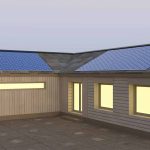

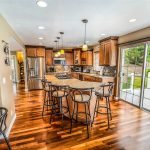
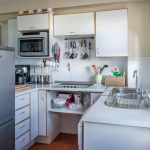

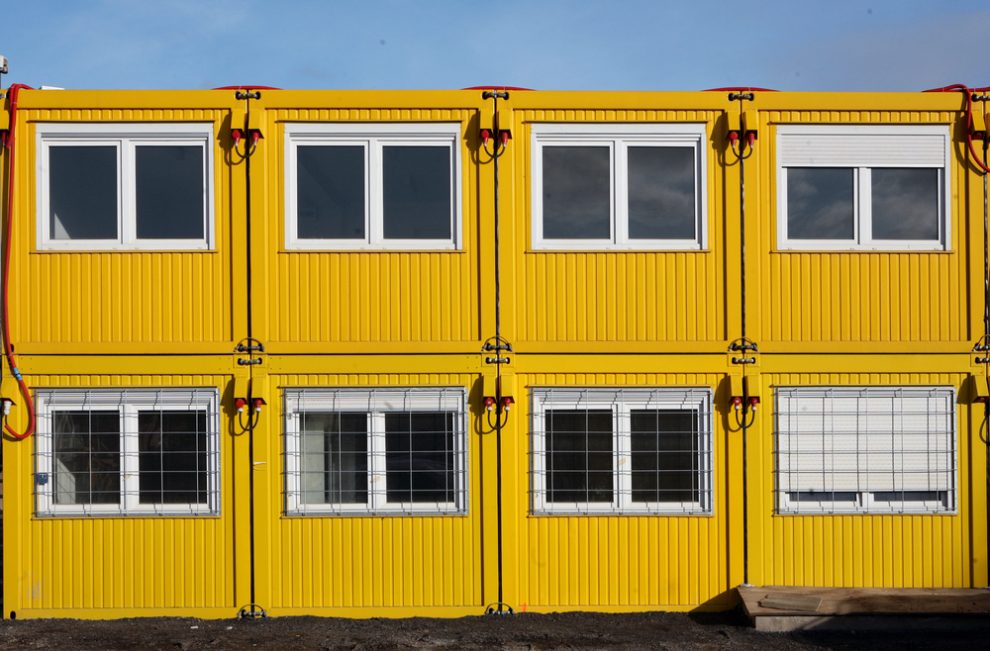
Add Comment